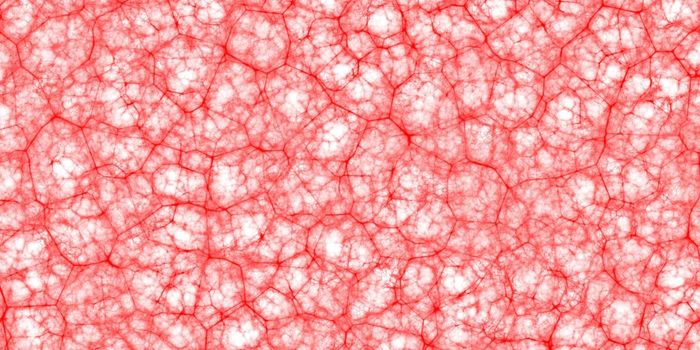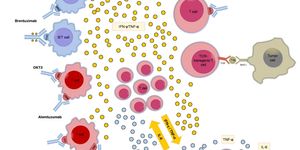Cryoablation Presents a New Avenue for Breast Cancer Treatment
Cryoablation (also called cryosurgery or cryotherapy) uses very low temperatures to freeze abnormal tissue, destroying it during freezing. A medical professional uses a cryoprobe, which is cooled with liquid nitrogen or compressed argon and pressed against the treatment area. Cryoablation does not require a cryoprobe; in some cases, a professional will apply a cold liquid directly to the tissue (this method is commonly used in dermatology for “freezing” warts or skin tags).
Researchers have investigated the effectiveness of cryoablation for some patients with early-stage breast cancer. In particular, cryoablation presents an alternative to lumpectomy in some instances. While not currently a regular practice for breast cancer treatment in the United States, active research and clinical trials focused on cryoablation are ongoing.
Researchers presented one such study last month at the Society for Interventional Radiology's (SIR) annual meeting in Salt Lake City, Utah. SIR is a professional medical society for physicians, scientists, and trainees interested in radiation medicine that highlights novel research in image-guided therapy at its annual meeting.
Jean Jolie, MD, presented a study (co-authored with Yolanda Bryce, MD) that investigated the effectiveness of cryoablation for treating breast cancer. The study included breast cancer patients who underwent cryoablation of breast cancer at Memoral Sloan Kettering Cancer Center. Patients received different cryoablation protocols, including probe placement, freeze and thaw times, and intensity, based on the clinical characteristics of each case. Cryoablation required minimal to no sedation. Three months after the cryoablation procedure, patients had imaging via mammogram, ultrasound, or magnetic resonance imaging (MRI).
The study included 60 patients, of which 48 had invasive ductal carcinoma, and five had invasive lobular carcinoma. The remaining seven patients had alternative histology. Patients in the cohort had an average tumor size of 2.5 cm. During the follow-up period (average of 16 months), six patients experienced a recurrence. Patients with poorly differentiated tumors had an increased risk of recurrence. Other clinical characteristics, including ER/PR status and TNBC status, had no effect on the risk of recurrence. In addition, tumor size did not contribute to the risk of recurrence.
The researchers concluded that for breast cancer patients who are not good candidates for surgical interventions, recurrence risk is minimal following cryoablation. Thus, cryoablation provides an effective treatment option for certain breast cancer patients.
Sources: SIR Abstract, Breast Cancer, Life









